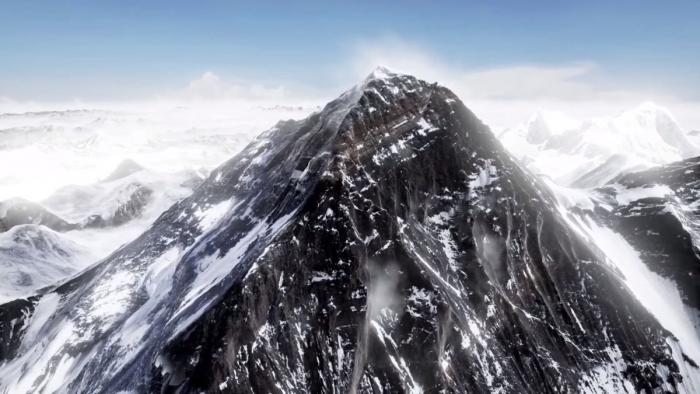Solfar Studios Adopts Granite SDK To Lower Memory Requirements Of 'Everest VR' Experience
Solfar Studios is the creator of the impressive Everest VR experience, which we were first shown in November 2015 at VRX. The experience was painstakingly recreated using more than 300,000 real images of Mt. Everest to create the most realistic representation of the mountain possible.
When we were first shown Everest VR, the demo was being run on a system with a Titan X inside. Solfar Studios said that the Titan X’s 12 GB of memory was required to handle the texture data, but the developer had plans to tune the requirements to match VR-ready specifications in time for the consumer hardware launch. Today, it was revealed that Solfar adopted the Granite texture streaming middleware to help make that possible.
“By using Granite, [Solfar Studios] can now make sure that the game will ship with the quality you saw but will run on the minimal memory specs of the VR platforms,” said Graphine CEO Aljosha Demeulemeester. “It's typical for game developers to downscale assets (reduce quality) to actually get the game shipped, and we make sure this doesn't need to happen.”
Graphine Software also noted that Solfar Studios is using the Granite SDK on an upcoming sandbox adventure title for PSVR called Godling.
Follow Kevin Carbotte @pumcypuhoy. Follow us on Facebook, Google+, RSS, Twitter and YouTube
Get Tom's Hardware's best news and in-depth reviews, straight to your inbox.
Kevin Carbotte is a contributing writer for Tom's Hardware who primarily covers VR and AR hardware. He has been writing for us for more than four years.
-
kcarbotte Reply17594192 said:How much exactly "the minimal memory specs of the VR platforms" is ?
That would be the 4GB (3.5 + .5) found on the GTX 970, the lowest spec recomended graphics card.
